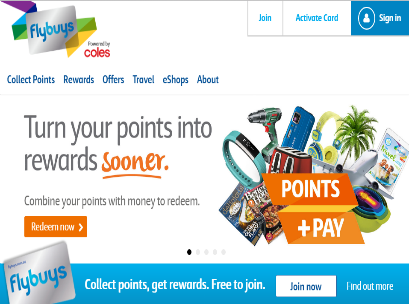 Over half of Australian consumers believe that brands need a loyalty program to retain customers, with the figure jumping to 68 per cent for millennials according to a study conducted by First Point Research and Consulting.
Over half of Australian consumers believe that brands need a loyalty program to retain customers, with the figure jumping to 68 per cent for millennials according to a study conducted by First Point Research and Consulting.
According to the study, in 2016, 82 per cent of Australian loyalty program members over 18 years old are enrolled in at least one loyalty program, a slight decrease from 2015, 84 per cent. The average number of memberships per member remains steady at nearly 3.9 (3.8 in 2015).
“Interestingly, millennials have a stronger desire for non-transactional methods of being rewarded such as travel and entertainment experiences as well as being rewarded for interacting with the brand, not only transacting,” Adam Posner, CEO of Directivity.
“Specifically for millennials, loyalty programs need to evolve to reward them for interactions such as sharing on social media, writing reviews, completing surveys and even loyalty games or gamification are highly regarded by them,” he said.
“They are also more keen to have opportunities to donate or redeem their rewards and points for a charity or local community cause, what I call moving from points for purchase to points for purpose.”
Coles’ flybuys program retained first place in the Top 10 unprompted most mentioned programs as “doing a very good job” (36 per cent), increasing its lead over Woolworths’ everyday rewards (nine per cent). Qantas’ Frequent Flyer remained in third place since the first study in 2013. The others that made it to the top 10 include Virgin Velocity at fourth, Myer One at fifth, Priceline Sisterclub at sixth, CommBank Awards at seventh, Boost Vibe Club at eighth, Petbarn Friends for life at ninth and Optus Perks at tenth.
The research also revealed that if a brand’s program were to close there would be an impact on revenue, with nearly a third (31 per cent) of members indicating they would not buy as often as they do from the brand and 23 per cent would not buy as much – both having an impact on the brand’s revenue.
“Loyalty programs are a real business imperative for driving brand loyalty and profitability,” Posner said. “However, they must continue to evolve to meet and beat their members expectations”.
Members’ defection from programs remains consistent with previous research results with 23 per cent leaving their programs both passively and actively in 2016 compared to the 22 per cent in 2015.
“No matter what the rate of defection is, members leaving a program are more than likely leaving the brand, so brands with programs need to be on their toes,” Posner said.
“Interestingly changes in program structures, like Woolworths did in 2015, is the second ranked reason for defection after not earning rewards fast enough.” he added.
The research was conducted independently in the first quarter of 2016 through a national online panel of 1005 consumers of men and women aged 18 years old and above who are members of at least one loyalty program. The research was structured to gain quantitative results with comparative analysis as well as qualitative insights.
Access exclusive analysis, locked news and reports with Inside Retail Weekly. Subscribe today and get our premium print publication delivered to your door every week.





